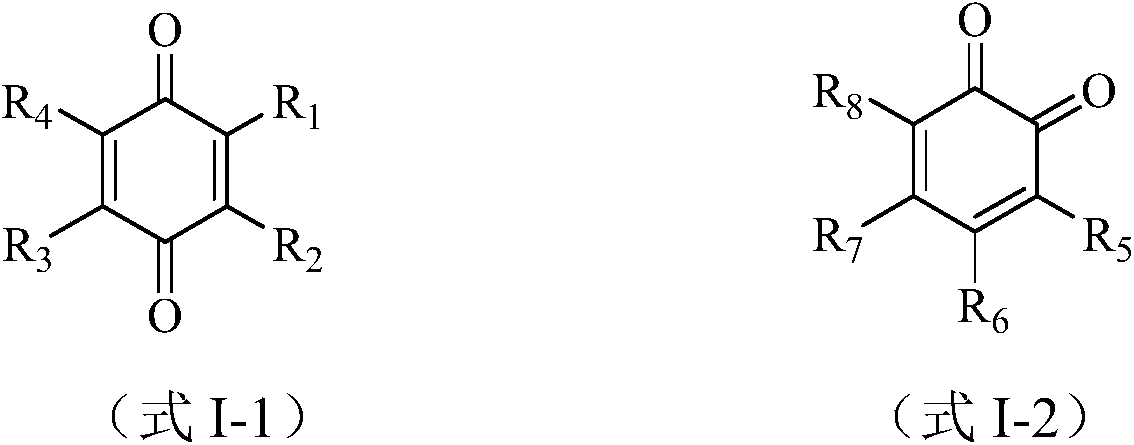A cationic polymerization method
A cationic polymerization and proton technology, applied in the field of cationic polymerization, can solve the problems of high technical requirements for aluminoxane preparation, difficult and unsatisfactory preparation of the initiator system, etc., achieve high polymer yield, reduce energy consumption, initiate Efficiency improvement effect
- Summary
- Abstract
- Description
- Claims
- Application Information
AI Technical Summary
Problems solved by technology
Method used
Image
Examples
Embodiment 1
[0082] (1) 0.133g of chloro-p-benzoquinone was dissolved in 66.5g of dichloromethane solution to obtain a solution of chloro-p-benzoquinone. By weight, in this solution, the concentration of chloro-p-benzoquinone is 2000ppm.
[0083]At -80°C, 20mL of dichloromethane solution containing HCl (concentration: 0.0044mol / L), 1.5mL containing dichloroethylaluminum (concentration: 0.9mol / L) and L) n-hexane solution and 1 mL of the above-mentioned tetrachloro-p-benzoquinone solution were mixed uniformly and then aged at -80° C. for 15 minutes to obtain an initiator solution. By weight, in the initiator solution, the concentration of chloro-p-benzoquinone is 100ppm.
[0084] (2) Add 100 mL of methylene chloride pre-cooled to -60 °C, 80 mL of n-hexane pre-cooled to -60 °C, and 32 mL of isobutylene pre-cooled to -60 °C in a 500 mL glass reactor equipped with strong constant-speed stirring and 1 mL of isoprene pre-cooled to -20°C, and mix well. Add the initiator solution prepared in ste...
Embodiment 2
[0089] Adopt the method identical with embodiment 1 to carry out polymerization, difference is, in the initiator solution that step (1) obtains, by weight, the concentration of tetrachloro-p-benzoquinone is 400ppm; In step (2), the initiator solution The addition amount was 20 mL, the temperature in the reactor was kept in the range of -60° C. to -65° C. during the dripping of the initiator solution and the polymerization reaction, and the polymerization reaction time was 15 minutes.
[0090] Polymer yields are listed in Table 1 along with the degree of unsaturation, molecular weight and molecular weight distribution index of the resulting polymers.
Embodiment 3
[0092] Adopt the method identical with embodiment 1 to carry out polymerization, difference is, in step (1), aging time is 30min, and in the initiator solution that obtains, by weight, the concentration of tetrachloro-p-benzoquinone is 800ppm; Step ( 2), the amount of the initiator solution added was 10mL, the temperature in the reactor was kept in the range of -85°C to -90°C during the dripping process of the initiator solution and the polymerization reaction process, and the polymerization reaction time was 15min.
[0093] Polymer yields are listed in Table 1 along with the degree of unsaturation, molecular weight and molecular weight distribution index of the resulting polymers.
PUM
 Login to View More
Login to View More Abstract
Description
Claims
Application Information
 Login to View More
Login to View More - R&D Engineer
- R&D Manager
- IP Professional
- Industry Leading Data Capabilities
- Powerful AI technology
- Patent DNA Extraction
Browse by: Latest US Patents, China's latest patents, Technical Efficacy Thesaurus, Application Domain, Technology Topic, Popular Technical Reports.
© 2024 PatSnap. All rights reserved.Legal|Privacy policy|Modern Slavery Act Transparency Statement|Sitemap|About US| Contact US: help@patsnap.com










